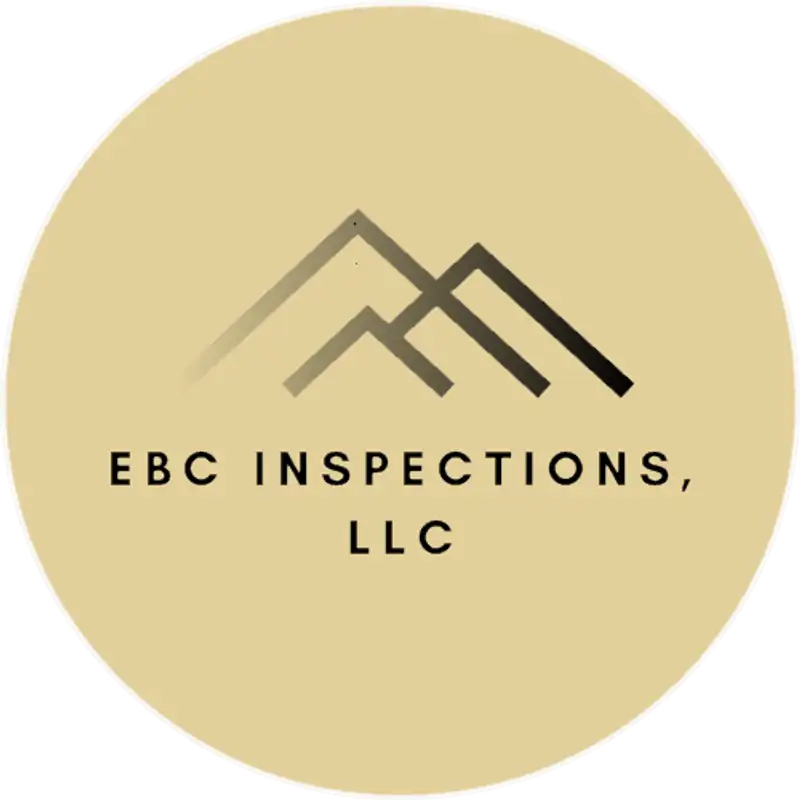Trees, plants and Foundation
Spring Maintenance – What should not be against or close to your home
[Intro Music]
(Host) Spring Outside! My next topic will focus on the perimeter of the home. I’ll begin by describing why the perimeter of the home should be inspected, then what to look for and do. Hello and welcome to EBC Home Hints, the podcast dedicated to making your home a safer place, one episode at a time. I'm your host, Paul Rochette, and today we're diving into the world of doing a visual inspection of your perimeter of the home.
(Host) Most people love having trees, shrubs and bushes in their yard. Not forgetting full-blown gardens with all sorts of flowers and plants. Then we water everything to keep everything healthy. So much attention is given to the appearance of the home, people forget about the home itself. Before I can point out potential damage to cement foundation walls, and slabs I need to briefly discuss them. How many times have you gone by a construction site, where cement is being poured, or cement blocks being laid in damp, cold, or rainy days? Even on a dry day, blocks are being laid wet, from past weather, is an issue. Cold, damp, or wet conditions affect the bonding between cement and blocks. When it’s cold, this can affect the curing rate of the cement. There are materials that can be added to cement to adjust for this, however, the blocks may still be wet. As an example for those who cook, before breading chicken, fish etc., we want to dry the water from the product before dredging and breading it. This allows for better adhesion, otherwise breading can peel off. As with cement blocks eventually they dry out. The cement bond can and does separate from the blocks. You may see thin, small separations between the block and cement layer. Why is this important and what does it have to do with plants, trees and foliage? Since most homes have some sort of area in front of the home with attractive bushes, trees, even plants. This poses a concern for the home’s foundation. I am sure you have learned that more is not always better. The ideal condition is water flowing away from the home’s foundation. Rodents and pests cannot access the home through cement foundations. Tree roots would grow away from the foundation as well. This is just not always true. In one of my podcast episodes about the roofing system, I discuss keeping water away from the homes structure. First, when planting anything, always keep water drainage from all structures. No pooling, or wet areas against the foundation. A minimum distance would be about four feet away from any building structure.
(Host) Whatever is planted by a home, this will encourage pests and rodents. How do we tie wet blocks during construction to items outside the foundations structure. A home does not have to be old to experience settling, or tiny cracks showing up in block structures. All these tiny openings create the condition for outside elements like water, pests and rodents’ opportunity to enter a home. Then we provide a home for them outside by planting bushes, trees and plants close to the home. Rodents burrow, using soft soil and roots as a road to get close and into the foundation. Combined with mulch-like material, soil and water, we have given food to them. Termites absolutely love wet and damp areas. They too are attracted to these areas. Two ways for termites, or wood-boring beetles can affect the home, is having your ground soil, or mulch too high, allowing them to access untreated lumber and enter a home. This also creates potential for rotting areas of the foundation that were supposed to be above the soil. The second is they will locate those cracks we discussed and gain access to the superhighway. Be aware of rodents that burrow, these little buggers (Rodent Sound effect), if unchecked, can undermine the foundation. They create tunnels affecting the foundation. Then water has a pipeline to aid in erosion of the soil, leaving cavities. As a guide, watch for fungus gnats, as a high population is a sign you have excessive moisture in that area.
(Host) I have discussed how elements and earthy pests can cause damage to a home’s foundation. I am not against having a home looking nice by use of plants, trees and bushes. My hope is to bring to light the homes foundation is not impervious to nature. Even a boat can leak, so a home certainly can. You just need to look for the signs and use common sense practices to minimize potential issues. Both trees and large shrubs are a potential threat to the foundation. As an example, sometimes a nut, or seed germinates next to a home and eventually becomes a huge tree. The general rule is to take half the expected mature height, that is how far away the tree should be. So, a mature tree will get to be 40 feet tall, should be twenty feet, or more away. There are some trees with less aggressive root systems. I would recommend asking an arborist for advice. Tree roots, as they grow, sometimes will spread across the surface, or be underground. Why am I worried about tree roots? As an example, what happens when you have a bowl filled halfway with water. Take a glass and press it into the center. The water displaces, to accept the added mass. This happens with trees. Sidewalks, driveways, roads, and foundations are not designed to prevent that amount of force. Eventually, this will push into the foundation causing it to lean in, or crack. Now it’s a larger issue to fix. Even large shrubs can have damaging root systems. Going back to the trees growing naturally, where we don’t want them. Simple, remove it when it’s small, or replant further out.
(Host) Another thing to consider where we plant, or have trees, is underground piping. Piping like sewage lines from the home to the road. Buried water and sewer lines, basically
any man-made products in the root systems path can be affected. These all become potential and likely areas of some expensive damage. Older homes had clay tiles for sewer lines. These can be crushed from weight, or damaged by roots. Even PVC piping is susceptible to cracking. As an example, my home has a septic field. The line passing from the home to the in ground tank broke. This was caused by rodents eroding below the pipe. This allowed a weak spot to break the line above the erosion area. So, it does happen and can be very expensive. Especially, when your back deck is over most of the underground pipe. Perhaps you notice water drains much slower than before. You try to clear the lines, but nothing. Your toilet tends to overflow. These are just some signs of potential blockages that can be caused by roots, or erosion. Whether on septic, or city sewage, this can be an issue. Your water main is the same, usually buried deeper in cold regions, but still within the reach of root systems. When walking in your yard, look for wet, or smelly areas of your yard (Smelly Effect). These can be signs of breakage too. A yearly inspection is very important. So, look at all foliage, the ground and foundation for issues. I know this was a lot of information but remember an “ounce of prevention is worth a pound of cure”. Thank you, Benjamin Franklin, for that saying. This is not a complete list of concerns, hopefully though it is a base line to guide and educate you on your home.
[Closing Music]
1. (Encourage Listeners)
Host: "Thank you for tuning into EBC Home Hints! If you found today's episode helpful, please like and subscribe. If you want to stay updated with more tips and insights, I encourage you to visit our website at EBCInspections.com. Don't forget to follow us on social media like Apple Podcast, Spotify, Overcast, Pocket Casts, YouTube, Castro, Goodpods, Castbox, podcast addict, Facebook, Instagram, Player FM and Amazon Music for the latest updates, resources, and community discussions. Join me online and be part of our growing community dedicated to informed and empowered homeownership!"

